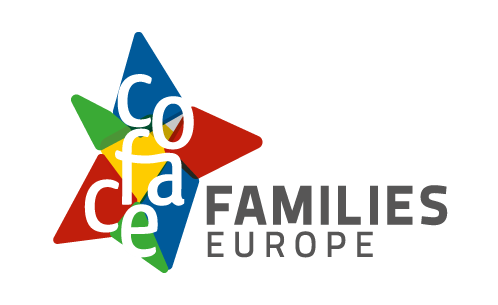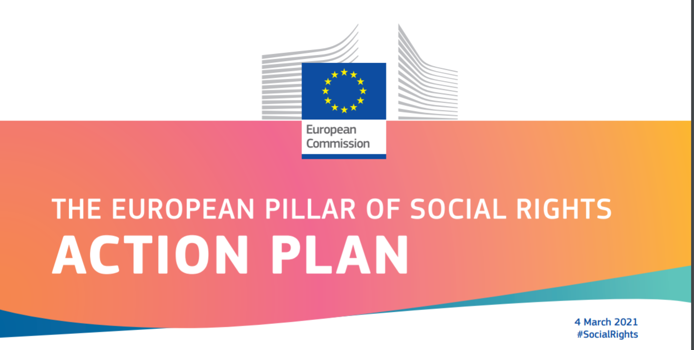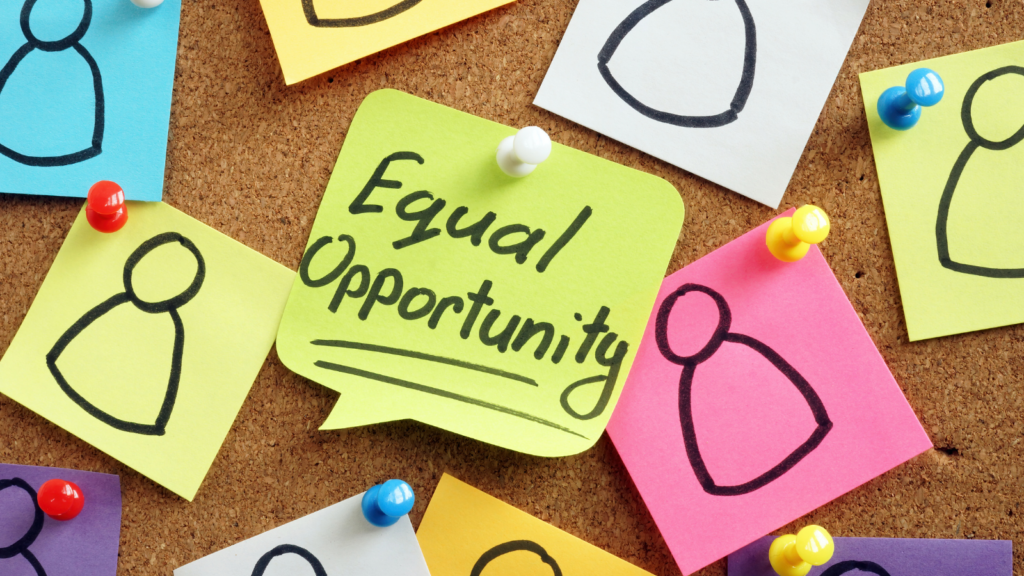#ToysAndDiversity #ToyStories
In 2019, COFACE Families Europe decided to collect the stories of families and beyond in Europe, to explore what determines and influences their choices when they buy toys. On the 20th of November 2019, Universal Children’s Day, we symbolically launched “Toy Stories”, the first Europe-wide survey on Toys and Diversity, developed and translated by COFACE members into 13 languages. The data collection took place until Christmas Day. The survey gathered more than 2,000 answers from all EU Member States and beyond. However, this representation is unequally shared, as almost 90% of respondents come from ten countries. A large majority of respondents were women (85%) and, in terms of age, 60% of respondents were between 26 and 45 years old.
On toy marketing, a majority of respondents believe that advertising reinforces stereotypes and that more neutral and inclusive advertising would reduce stereotypes. First of all, nine out of ten respondents either “agreed” or “strongly agreed” that toy advertising accentuates stereotypes. Then, 80% of respondents do consider that more neutral toys and toy advertising would reduce stereotypes, but women and younger respondents to a higher degree than men and older respondents.
The full report is now available on the COFACE website. Other specific findings of the survey include the following:
- Profile of the respondents: Half of the respondents are parents and almost 30% are relatives of the children (sibling, uncle, cousin). Some respondents also use toys in a professional setting (teachers, physiotherapists, psychologists, etc.);
- Frequency: A fourth of the respondents buy toys either often or very often. The trend is the same by gender but not by age: younger generations tend to buy more often toys than older ones.
- Influence: The first influence when buying a toy, is the child’s preference (80%), followed by the price (40%). Few respondents consider gender. People do not buy toys for boys or toys for girls: less than 5% of the respondents considered this option.
- Stereotypes: Stereotypes still prevail regarding the gender of the child. Some toys are still considered more “suitable” for one gender (eg: a tractor for boys and a Barbie doll for girls). This attitude is seen across gender and age of the respondents. However, stereotypes prevail more for boys than for girls: there is a tendency towards thinking it is more “acceptable” seeing a girl wanting a toy from a “boy section” than a boy wanting a toy from a “girl section”;
- Inclusion: More than four-fifths of the respondents either “agreed” or “strongly agreed” with the idea that making children with disabilities visible in toy adverts and producing more toys adapted to their needs could change the way society looks at them. Almost 95% of the respondents of the survey declared not having whatsoever inconvenience if their child/grandchild etc. would receive a doll or figurine of a different ethnic background;
- Toy shops: Boy and girl sections in toy shops are not helpful for the majority of respondents.
- Potential solutions: Respondents considered that the awareness of the family (65%) and more neutral and inclusive marketing of toys (65%) are key for promoting inclusive toys.
- Barriers: There is broad consensus on the main barriers to the acceptance of inclusive toys, which are a mix of internal and external influences: society (61%), media and advertisers (56%).
A preview of the results (key trends and some toy stories) was presented on 15th June online with reactions from the European Commission, Toy Industries of Europe, and the World Federation of Advertisers. COFACE Families Europe president, Annemie Drieskens: “True, inclusive equality starts in childhood, and toys and advertising play a great part in this, and we are keen to continue building bridges with both these industries. But we are listening to the 2000+ respondents of the Toy stories survey, acknowledging that families as first educators also have a key role to play. It is a shared responsibility to drive change and further boost diversity and equal opportunities for all children, boys and girls.”
COFACE Families Europe encourages the parents and families, the different professionals, the public administrations, the industry, the unions, the NGOs, etc., to take stock of these findings, reinforce mutual learning, best practices and collaboration, and help promoting equal opportunities for boys and girls. Inspired by the “Toy stories” of so many people and by this report, COFACE Families Europe will continue raising awareness on Toys and Diversity, in an open and continuous dialogue with families and all the concerned partners. Equality starts in childhood, and toys and advertising play a great part in this.
_ _ _
ENDS
For more information contact Isabell Wutz, Communication Officer: iwutz@coface-eu.org





